Katpana Desert: Exploring Pakistan’s Enchanting High-Altitude Cold Sandscape
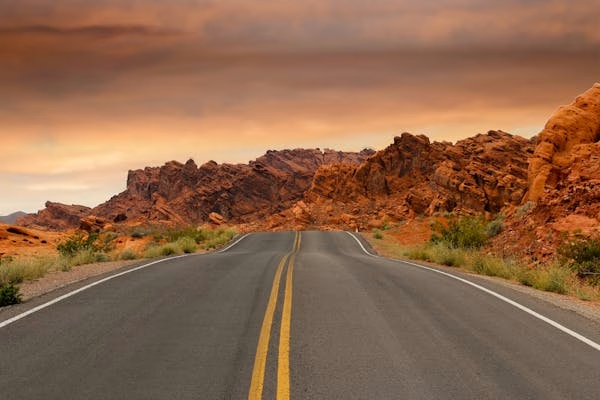
When you think of a desert, images of golden dunes stretching endlessly under the scorching sun likely come to mind. Now imagine a place where that desert is flanked by snow-capped mountains, icy winds sweep across the sand, and the night sky glitters like a billion diamonds scattered across a velvet cloth. This isn’t a fantasy—it’s the Katpana Desert, the highest cold desert in the world, tucked away in the northern frontiers of Pakistan. Located near Skardu in Gilgit-Baltistan, Katpana is one of the most surreal landscapes you’ll ever witness, where two extremes—snow and sand—collide in silence.
For most travelers venturing into the north of Pakistan, the goal is usually the majestic Hunza Valley or the turquoise lakes of Skardu. Few make it to Katpana, and even fewer understand the magic it holds. I first stumbled upon this wonder not by design but by chance. After a bumpy jeep ride into Skardu and a detour suggested by a local friend, I found myself staring at something I couldn’t believe existed. Sand dunes glittering under the early morning frost, surrounded by a panoramic view of the Karakoram Range. There were no crowds, no artificial lights, and no cell signal—just a rare kind of quiet that makes you feel both awestruck and at peace. It was then I realized that Katpana is not just a place you visit; it’s a place that stirs your soul.
What makes the Katpana Desert a unique destination isn’t just its claim to being one of the highest deserts in the world, perched at about 2,226 meters (7,303 feet) above sea level. It’s the layered experience it offers. One minute you’re trudging through silky sand dunes, and the next, you’re sipping apricot juice with a Balti family in a traditional wooden house. The desert comes alive in ways most tourists don’t expect—from the glowing sunsets that paint the sand in hues of gold and crimson to the glacial winds that whisper ancient tales. And if you’re lucky enough to camp there at night, the galaxy above puts on a show grander than any you’ll ever see in a city.
It’s not the kind of place that’s built for Instagram reels and luxury hotels. Katpana demands you to be present. There’s something profoundly humbling about standing in that quiet vastness, with nothing but wind, mountains, and dunes for company. It strips away all distractions and makes you think—about the places you’ve seen, the ones you’ve missed, and the beauty that lies in nature’s contrasts. It’s where fire meets ice, and simplicity meets grandeur.
This blog isn’t just another travel guide; it’s an invitation. Whether you’re a Pakistani explorer chasing new corners of your homeland, or an international traveler seeking landscapes untouched by commercial tourism, Katpana deserves a place on your map. In the sections that follow, you’ll find everything you need to plan your journey—from how to get there and what to do, to when to visit and why it should be on your list. More importantly, I’ll share the things you won’t find on Google Maps or in glossy brochures—the smells of juniper wood burning in nearby homes, the stillness of a windless dawn, and the strange joy of watching desert sand dance beneath a sky full of stars.
Welcome to a world where sand wears frost, silence has a heartbeat, and the desert tells its own story—one you’ll want to hear for yourself. Katpana is not just Pakistan’s best-kept secret; it’s a place that could change the way you see deserts forever
Table of Contents
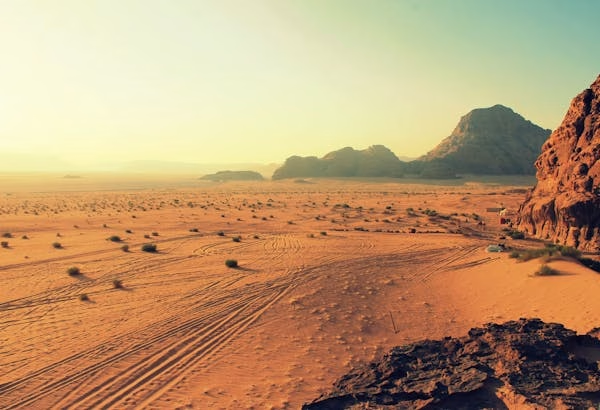
Fun Fact About Katpana Desert
Katpana Desert, often called the “Cold Desert,” is unique not just because of its vast sand dunes but also due to its striking contrast with the surrounding snow-capped peaks of the Karakoram Range. This blend of sand and snow creates a surreal and almost otherworldly landscape unlike any other desert in the world. Unlike typical deserts, Katpana experiences freezing temperatures during winter, which can even cover the dunes with snow, attracting photographers and adventure seekers alike.
Key Features and Attractions
The Katpana Desert stretches over approximately 5 kilometers along the banks of the Shigar River near Skardu in Gilgit-Baltistan. Its golden sand dunes rise majestically against the backdrop of towering peaks, including K2, the second highest mountain in the world. This high-altitude desert lies around 2,200 meters above sea level, giving it a rare cold desert climate that surprises many visitors.
Some of the key features that make Katpana Desert so special include:
Golden Sand Dunes: Expansive and rolling, the dunes appear like waves frozen in time, providing a playground for adventure enthusiasts.
Snow-Capped Surroundings: Unlike any other desert, the towering mountains dusted with snow add a dramatic and photogenic element.
Wildlife: The desert supports hardy flora and fauna adapted to extreme conditions, including small rodents and unique desert plants.
Cultural Proximity: Close to the local Balti villages, offering a glimpse into the rich culture and traditions of Gilgit-Baltistan.
Night Sky: The desert’s high altitude and low light pollution make it an excellent spot for stargazing and astrophotography.
Reasons to Visit Katpana Desert
There are numerous reasons why travelers should put Katpana Desert on their Pakistan itinerary:
Unforgettable Landscape: The surreal mixture of desert sands and snowy mountains offers a photographic paradise.
Adventure Activities: Sandboarding, dune bashing, and off-road driving offer thrilling experiences.
Cultural Insight: Nearby Balti communities provide opportunities to engage with local culture, cuisine, and crafts.
Peace and Solitude: The desert’s vastness and remote location provide an ideal escape from city chaos.
Unique Climate: Experience a desert environment with cold weather, a rare combination globally.
Accessibility: Unlike many remote tourist spots, Katpana is relatively easy to reach, making it suitable for short trips.
Stargazing: Crystal-clear skies offer breathtaking views of the Milky Way and celestial events.
Photographic Opportunities: From sunrise over the dunes to the magical light during sunset, every moment is picture-perfect.
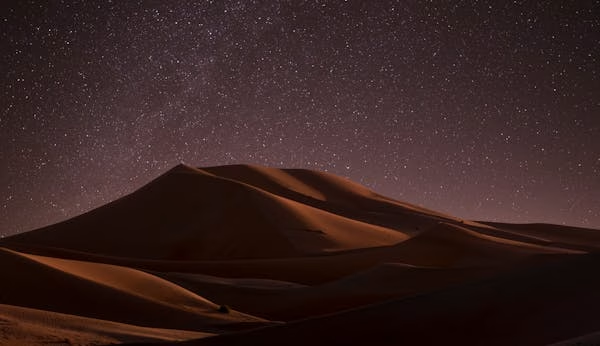
Best Time to Visit
The best months to visit Katpana Desert are from April to October. During this period, the weather is relatively mild with daytime temperatures ranging from 10°C to 25°C, making outdoor activities comfortable. The summer months (June to August) are warmer but still pleasant compared to lowland deserts.
Winter (November to March) transforms Katpana into a snowy wonderland. The dunes are often covered in snow, creating a mesmerizing but cold and harsh environment. Winter visits are best suited for photographers and adventurous travelers prepared for freezing temperatures.
How to Get to Katpana Desert
Reaching Katpana Desert involves traveling to Skardu, the gateway to many natural wonders in Gilgit-Baltistan:
By Air:
The quickest way is to fly from Islamabad to Skardu Airport, which takes about 1 hour. Flights are available from airlines like Pakistan International Airlines (PIA), though they may be seasonal and weather-dependent.
By Road:
For a more adventurous route, travelers can take the Karakoram Highway (KKH) from Islamabad or Gilgit to Skardu.
The road journey takes approximately 18-24 hours from Islamabad and offers spectacular mountain views.
Many travelers prefer hiring private jeeps or joining guided tours for convenience and safety on this mountainous road.
Local Transport:
Once in Skardu, you can hire taxis or local jeeps to reach the Katpana Desert, which is about 10 kilometers from the city center.
The drive takes approximately 20-30 minutes, with well-paved roads leading to the desert.
Major Activities at Katpana Desert
Katpana Desert offers a variety of activities that cater to different kinds of travelers, from thrill seekers to nature lovers:
Sandboarding:
One of the most popular activities in the desert. Sandboarding down the steep dunes gives an exhilarating experience similar to snowboarding but on sand.
Visitors can rent boards from local shops or bring their own.
Beginners should practice on smaller dunes first and wear protective gear.
Dune Bashing and Jeep Safari:
Hiring a local jeep for dune bashing offers a fun and bumpy ride over the sand dunes.
Experienced drivers know the best routes and can provide a thrilling adventure.
This activity is ideal for groups and families seeking excitement.
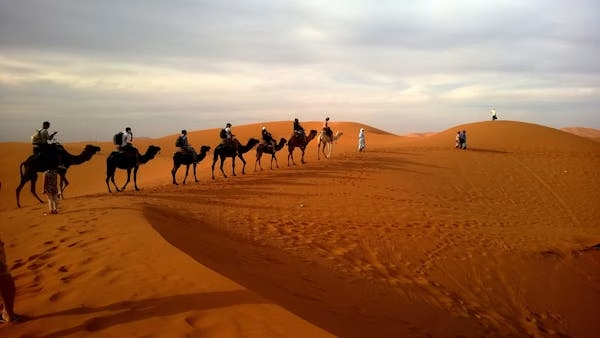
3. Photography and Videography:
The unique landscape is a photographer’s dream. Capture the contrast between golden dunes and snow-capped peaks.
Sunrise and sunset times provide dramatic lighting for breathtaking shots.
Time-lapse and drone photography are also popular but should be done responsibly.
4. Camel and Horse Riding:
Local operators offer camel and horse rides across the dunes.
This traditional mode of desert transport is great for leisurely exploration.
A good option for families and less adventurous visitors.
5. Nature Walks and Trekking:
Walk along the desert’s edge to discover unique desert plants and small wildlife.
Gentle trekking up the dunes and nearby hills offers panoramic views of the Karakoram mountains.
6. Cultural Interaction:
Visit nearby Balti villages to learn about local culture, traditions, and handicrafts.
Sampling Balti cuisine, including dishes like “Gyarmo” and “Tingmo,” adds a delicious local flavor to your visit.
7. Camping and Stargazing:
Spend a night camping under the stars for a magical experience.
The desert’s remote location offers near-perfect conditions for stargazing without light pollution.
Carry warm clothing and suitable camping gear for comfort.
8. Picnic and Relaxation:
The quiet atmosphere and vast open space make it ideal for a relaxed picnic with friends or family.
Enjoy peaceful moments away from the hustle and bustle.
Additional Tips and Safety Guidelines
Dress Appropriately:
Layered clothing is best as temperatures can vary drastically between day and night.
Wear sturdy shoes suitable for walking on sand and rocky terrain.
Sun Protection:
Even in cooler weather, the sun’s rays can be strong. Bring sunscreen, hats, and sunglasses.
Stay Hydrated:
Carry ample water, especially if you plan to stay for a long time or do physical activities.
Respect Local Culture:
When visiting Balti villages, be polite and respectful of customs and traditions.
Seek permission before photographing locals.
Environmental Responsibility:
Take all your trash back with you. Avoid damaging the dunes or disturbing wildlife.
Stick to designated paths where possible.
Travel with a Guide:
Hiring a local guide can enrich your experience and enhance safety, especially for off-road activities.
Avoid Solo Travel in Desert:
It’s safer to travel in groups or with experienced locals.
Check Weather Forecast:
Mountain weather can change rapidly. Avoid visiting during heavy rains or storms.
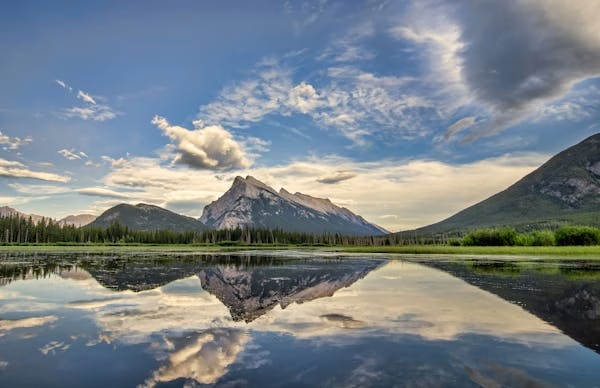
Visiting Katpana Desert is not just about witnessing a natural wonder—it’s about immersing yourself in an experience that blends adventure, tranquility, and culture in one breathtaking landscape. When I first set foot on those vast golden dunes framed by snow-capped peaks, I was struck by the sheer contrast of elements coming together in perfect harmony. It’s a place that defies typical expectations of what a desert should be. The cold desert is a rare phenomenon, and standing there, feeling the crisp mountain air mixed with the warmth of sun-drenched sand beneath my feet, I realized I was witnessing one of the world’s most unique environments.
Katpana Desert offers more than just visual spectacle. It invites you to participate actively—whether it’s the thrill of sliding down the dunes on a sandboard, the excitement of a jeep safari over rough terrain, or the simple joy of watching the sun paint the sky in hues of orange and pink during sunset. Each moment in the desert feels like a story unfolding, a chance to connect deeply with nature and yourself. And for those who seek culture alongside nature, the nearby Balti villages welcome visitors with open arms, offering a glimpse into a way of life that has thrived in this rugged environment for centuries.
What I find most compelling about Katpana is its ability to offer both solitude and community. You can lose yourself in the endless stretches of sand, enjoying peaceful moments away from the distractions of everyday life. Yet, when you choose to engage with the locals, you discover warmth and hospitality that enrich your journey. Sharing stories over traditional Balti tea or savoring the unique flavors of local cuisine makes the visit even more meaningful.
If you’ve been yearning for a travel experience that breaks away from the conventional, Katpana Desert should be at the top of your list. It’s not just a destination—it’s an invitation to explore, to challenge yourself, and to witness nature’s extraordinary contrasts. Whether you come for the adventure activities, the cultural exchange, or simply to soak in the stunning vistas, Katpana promises memories that linger long after you’ve left.
So, why wait? Pack your bags and set your sights on this mesmerizing cold desert of Pakistan. Prepare to be amazed by its surreal landscapes, invigorated by its fresh mountain air, and inspired by the stories woven into its golden dunes. Travel smart—dress in layers, respect the environment, and embrace the adventure with an open heart.
Your journey to Katpana Desert will not only enrich your travel diary but will also deepen your appreciation for the diverse and incredible beauty Pakistan holds. Take that first step, and you’ll find yourself returning again and again—not just to the desert—but to the spirit of discovery it awakens within you.
Start planning your trip today. Explore the dunes, engage with the culture, and create unforgettable moments in one of Pakistan’s most unique and captivating destinations. Katpana Desert awaits, ready to show you a side of the world few have seen but everyone should experience.
The Takeaway
Traveling in Pakistan is both exciting and accessible because to its varied transportation system. Every type of traveler has an alternative, from the convenience of ride-hailing services to the affordability of buses and trains.
Metro busses, Careem, and Uber are the most convenient means of transportation for brief city excursions. Pakistan’s picturesque train routes and opulent bus services offer comfortable and reasonably priced long-distance travel. The quickest option to travel long distances is still by domestic flight, particularly when traveling to far-flung northern locations.
Are you prepared to travel to Pakistan? Plan your vacation now to take advantage of the amazing nation’s transportation infrastructure!
Explore carefully planned tours to see the best of this fascinating nation. Please get in touch if you would need more travel advice; we are happy to assist you in organizing your upcoming journey! Additionally, by completing this form, you can personalize your journey.
FAQs – Everything You Need to Know
What is the best time to visit Katpana Desert?
The best time to visit Katpana Desert is from April to October when the weather is pleasant. Winters can be extremely cold with snow, making travel difficult, though some travelers do visit to see the desert covered in snow.How do I get to Katpana Desert?
Katpana Desert is located near Skardu in Gilgit-Baltistan. You can reach Skardu by flight from Islamabad or by road via the Karakoram Highway. From Skardu town, the desert is just a short drive away.Is Katpana Desert safe for tourists?
Yes, Katpana Desert is generally safe for tourists. However, it’s advisable to visit with a guide or a local tour operator, especially if you plan to explore the dunes extensively or go on jeep safaris.What activities can I do in Katpana Desert?
Popular activities include sandboarding, jeep safaris, photography, nature walks, cultural visits to nearby Balti villages, and watching stunning sunrises and sunsets over the dunes.Are there accommodations near Katpana Desert?
Yes, Skardu town offers a range of accommodations from budget guesthouses to luxury hotels. There are no accommodations on the desert itself, so most visitors stay in Skardu and visit the desert during the day.Can I visit Katpana Desert during winter?
Visiting during winter is possible but challenging due to heavy snowfall and very cold temperatures. Some travelers do visit to see the unique sight of snow-covered sand dunes.Is it possible to camp in Katpana Desert?
Camping is possible, but visitors should come prepared with proper gear for cold temperatures, especially during the night. It’s best to go with a local guide who can assist with arrangements.What should I pack for a trip to Katpana Desert?
Pack layered clothing for varying temperatures, sunscreen, sunglasses, comfortable footwear, water bottles, and a camera. If camping, bring warm sleeping bags and tents suitable for cold weather.Are there any local guides or tours available for Katpana Desert?
Yes, several local tour operators in Skardu offer guided tours and jeep safaris to Katpana Desert. Hiring a guide is recommended for safety and to enhance your experience.Can international tourists easily visit Katpana Desert?
Yes, international tourists can visit Katpana Desert. They need to arrange travel to Pakistan, obtain the necessary visas, and follow travel guidelines for Gilgit-Baltistan.Is it environmentally safe to visit Katpana Desert?
Visitors are encouraged to practice responsible tourism by not littering, avoiding damage to the natural environment, and respecting local communities to help preserve this unique desert ecosystem.

Daniel loves exploring off-the-beaten path destinations and making new friends. Writing blog posts since 2015, Daniel says it helps him to document his travels and cherish them. He loves the fact that what he writes might actually help someone have a better experience in Pakistan and Afghanistan. In his spare time, he loves listening to Tchaikovsky and spend time with his dog Coconut.




